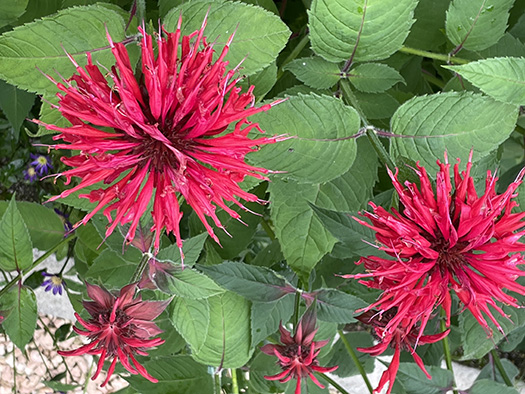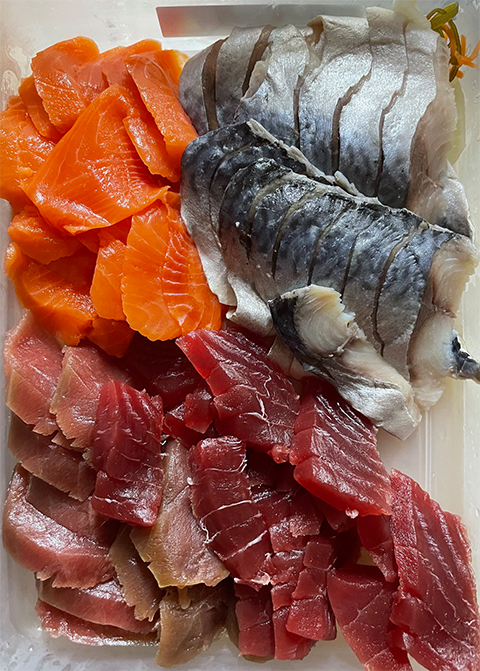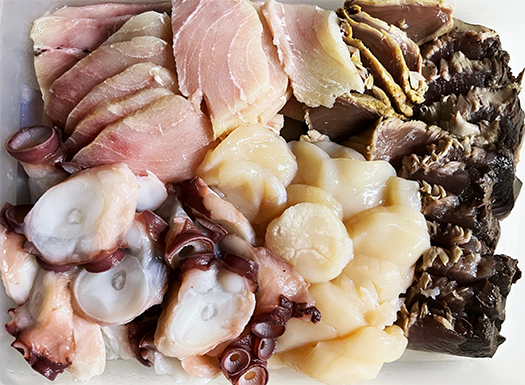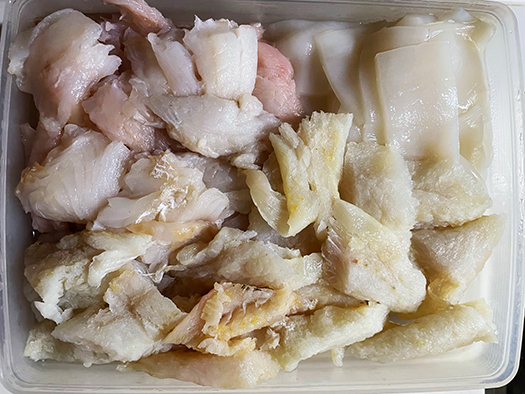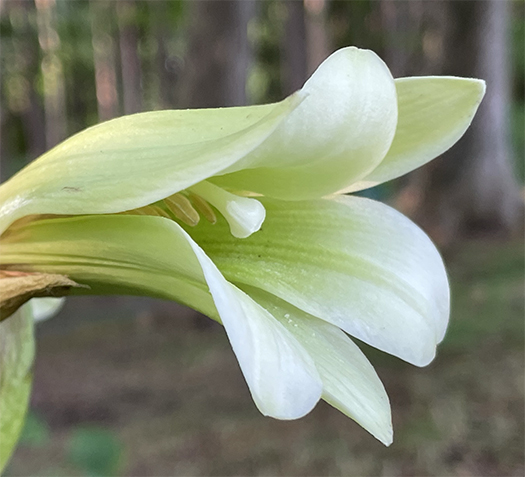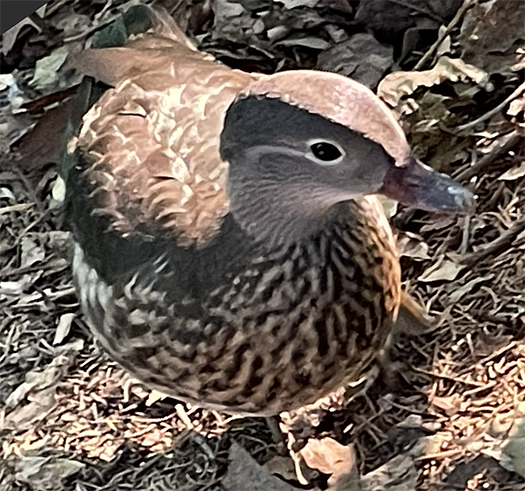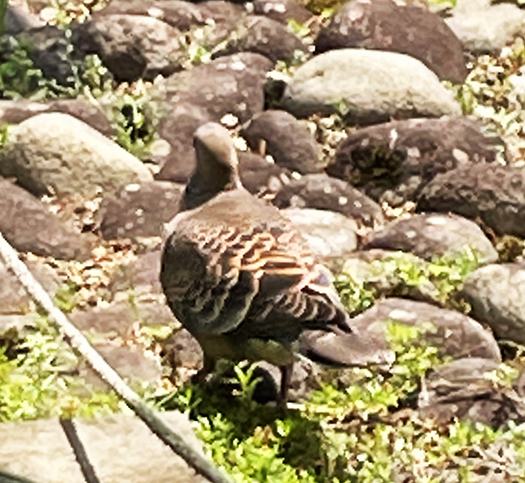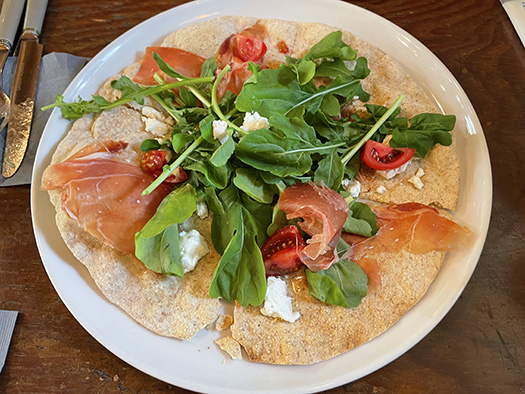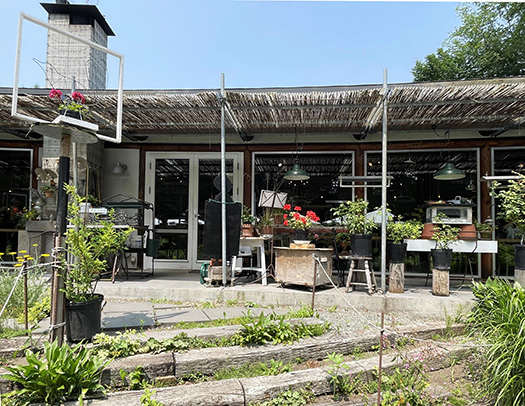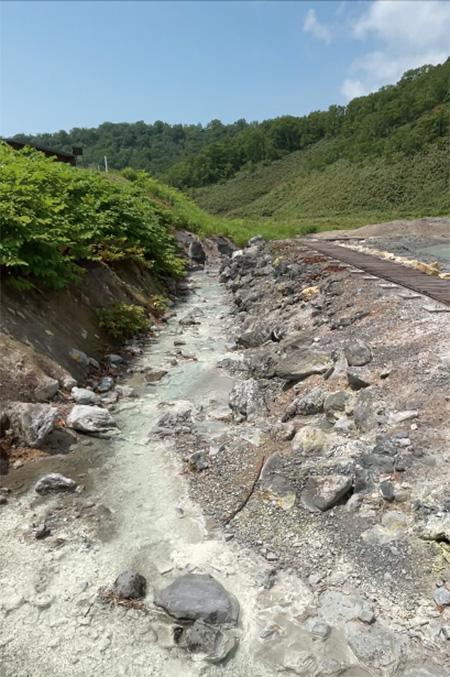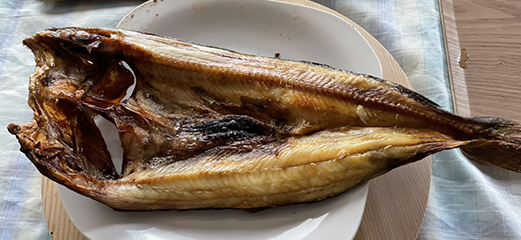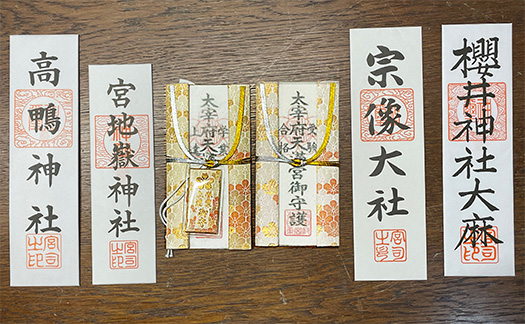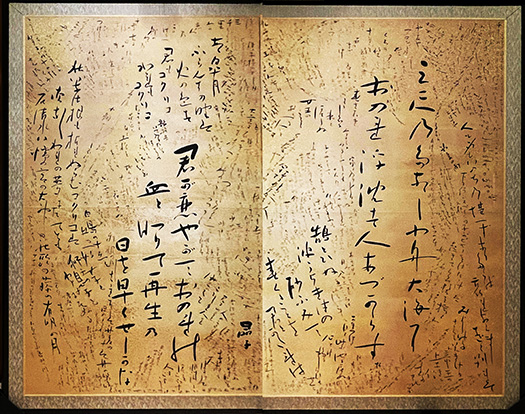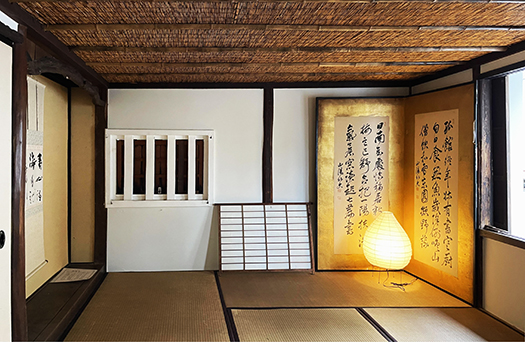
東京都知事選がたいへんな「狂想曲」を奏でていた。首都のことなのでまったく無縁ではないけれど、自分たちの暮らしようとは距離もあることなのでどうしてここまで大騒ぎするのか、やや迷惑気味だった。で、ようやく選挙が終わって一段落、さて少しは落ち着いて、アメリカ大統領選の帰趨などに論調は向かっていくものと思っていたが、どうも騒ぎが沈静化しない。
蓮舫さんという方が東京都知事選に立候補して非常にキビシイ都民の選択の結果、予想もしていなかった3位という結果に終わった。都民でない北海道民としては、傍観一択なのですが、マスコミは大変な大騒動を展開していた、いやいまも騒動ネタになっている。
この間の出来事の中で興味を強く惹かれたのが、蓮舫という方にとっては「味方」と思っていた朝日新聞の記者が自分のSNS、Xで蓮舫さんに批判的な論評をしたところ、蓮舫氏は「弁護士と相談している」といきり立って、対朝日新聞という戦端を開く構えを見せていること。この方は落選の結果いまは無職の私人だと思うのですが、すごい権力者意識丸出し。
一方の朝日新聞は、福島原発事故など虚報を繰り返しそれを指摘されても数年間も認めなかった過去を持っているにも関わらず、この蓮舫氏からの指摘については、即座に自社所属記者に対して「謝罪」を指示している(と認識できる)。
ことは進行中(謝罪に対しても「終わらせません」という蓮舫発言)なので、今後の推移を見ていかなければならないところですが、もと野党議員と野党応援スタンスのあきらかなマスコミの総代表の「いざこざ」ということで、まことに末世の世相を表している。
というのが現在時点なのですが、この展開には強い興味がある。蓮舫氏がコブシを振り上げたところで事態は止まっている。あるいは「水面下」でネゴがあってなにごともなかったかのように動きが止まってしまうかも知れないけれど、本格的な論争になっていったとき、マスコミというものそのものが問われていくきっかけになると思えるのです。
注目点はいくつもあるのだけれど最大のものが以下。マスコミ記者が自身のSNSで発信するときに、それはおのずと情報媒体それ自身との乖離が発生することがあり得る。それに対して、マスコミ媒体社が「業務命令」によってその「自由」を奪いうるのか、ということ。言うまでもなくそれは昇進昇給などの勤務評価をちらつかせての全人的コントロールに直結する。
見方を変えれば情報媒体社は、社会に対して「報道の自由」を謳っていわば治外法権を謳歌し主張しているのに、その社内では社員の「思想表現の自由」を抑圧している独裁型情報組織ということになってしまう。
ぜひ蓮舫もと議員にあっては、このことについての追究役を果たしていただきたい。
<写真と記事は無関係>
English version⬇
Will Humanity Perish from Information? Observations from the Media
Will the aftermath of the Tokyo gubernatorial election riots spread to the “freedom” of the mass media itself? A déjà vu experience of the “flip side” of prewar society’s outburst. …
The Tokyo gubernatorial election was playing a huge “rhapsody. Although we were not totally unaffected by the election because it was in the capital city, we were somewhat annoyed as to why people were making such a big deal about it since it was so far away from how we live our lives. I thought that now that the elections were finally over, things would calm down a bit and the debate would turn to the outcome of the U.S. presidential election and other issues, but the furor has not died down.
Ms. Renho ran for the Tokyo gubernatorial election, and as a result of a very tough choice by the people of Tokyo, she unexpectedly came in third place. As a Hokkai-do resident who is not a resident of Tokyo, I have no choice but to watch from the sidelines, but the media was, or still is, making a big fuss about it.
One of the events that caught my attention was that a reporter from the Asahi Shimbun, who I thought was an “ally” of Renho, wrote a critical commentary about Renho on her social networking site, X. When the reporter wrote a critical commentary about Renho on X, she became irritated and said that she was consulting with her lawyer and was ready to open the battlefield against the Asahi Shimbun. I think this person is an unemployed private citizen as a result of his unsuccessful election, but he has a great sense of power.
On the other hand, Asahi Shimbun, which has a history of repeatedly making false reports about the Fukushima nuclear power plant accident, etc. and refusing to admit it for several years even after being pointed out, immediately ordered its own reporters to “apologize” for the points raised by Renho (as we can recognize).
The situation is still ongoing (Renho’s statement that “I will not let it end” in response to the apology), so we will have to wait and see what happens next, but the fact that it is an “altercation” between a former opposition party member and a representative of the media who is clearly in support of the opposition party is truly indicative of the state of the world in these latter days.
This is the current point in time, and I am very interested in this development. The situation has stopped when Renho raised her cobwebs. Or, there may be some “behind-the-scenes” negotiation, and things may stop moving as if nothing had happened.
There are many points of interest, but the biggest is as follows. When media reporters transmit information on their own social networking sites, there is a natural tendency for it to diverge from the information media itself. In response to this, the question is whether the media company can take away that “freedom” by “work order. Needless to say, this would directly lead to the total control of the employees, with promotions, pay raises, and other performance evaluations as a pretext.
From a different perspective, the media company is a dictatorship-type organization that claims “freedom of the press” and asserts its extraterritoriality to society, but suppresses the “freedom of thought and expression” of its employees within the company.
We would like to see former Diet member Renho take on the role of investigating this issue.
Posted on 7月 21st, 2024 by 三木 奎吾
Filed under: 状況・政治への発言 | No Comments »


